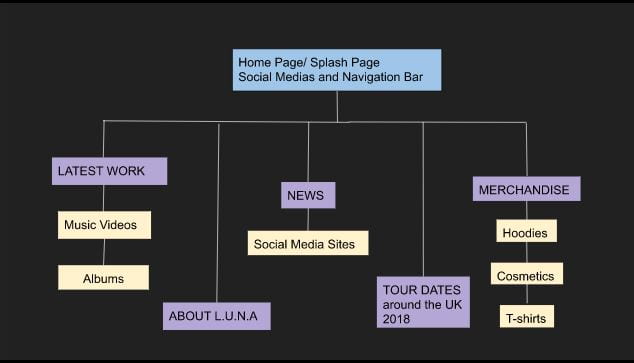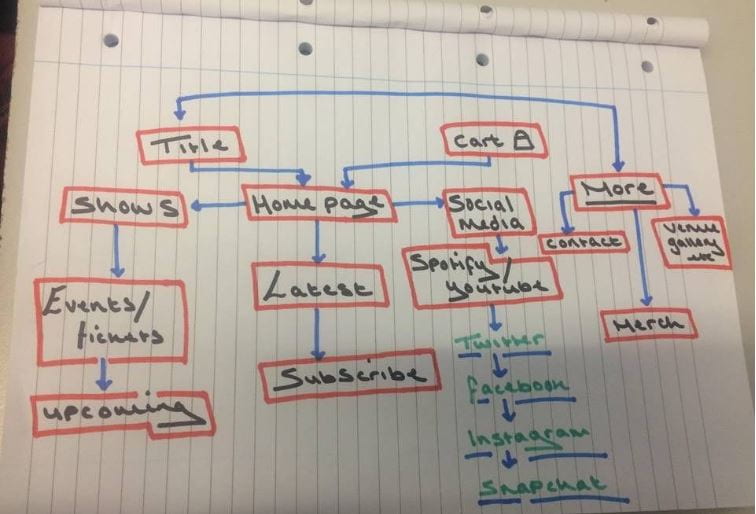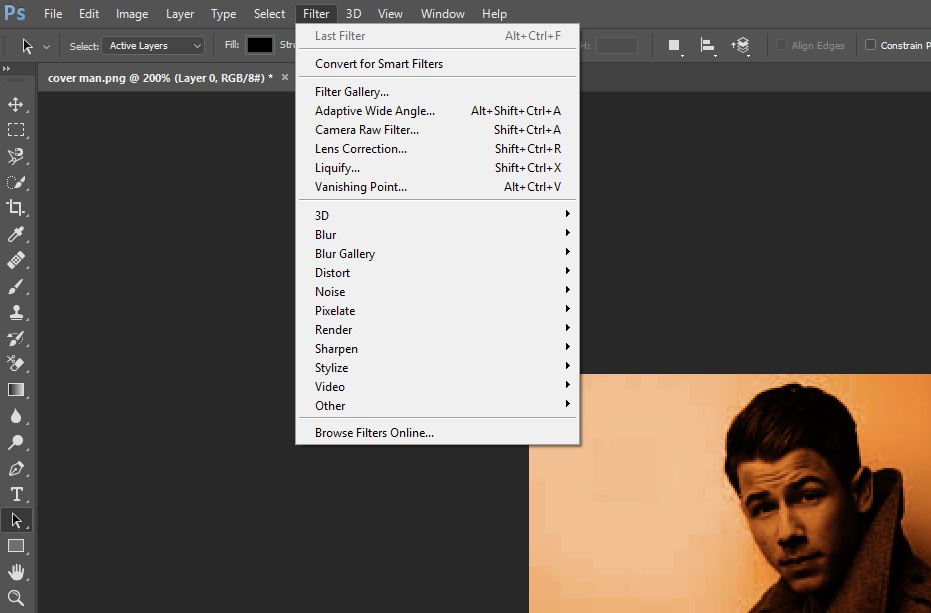Now that you have your Music Video and your Digipak which features the music video song, you need to design a website to promote the new video, digipak and the performer.
This is how the overall product is described in the CiE specification and below is also what they will be expecting to see in the research, planning, development and evaluation of the package, including the Website.
This website is going to pull all your branding, productions together and work as an online promotion for your performer.
TASK 1
How much do you know already? Where would this component go on a website? An interactive, visual game.
TASK 2
First of all though, as with all Media Production – you need to know the ground rules – the basics; those technical terms to describe the media forms and analyse the conventions.
Now that you know the general ‘raison d’etre’ of websites and the basic terminology involved in their design, it is now your turn as an individual and as a group, to complete the following tasks over the next couple of weeks.
- Blog Post 1 – individual annotated screen shot of home/landing page of a website for your star in real life (or similar) and annotate for the technical forms and conventions (terminology). 3 x screenshots.
- Use the glossary and terms from the above presentation.
- Blog Post 2 – a group Screencastify on a particular music website – describe its use of web page features and analysing it for meaning linked to star image & branding. Use the terminology. Separate blog post for information.
- Blog Post 3 – a group flow chart showing how your website will work in terms of pages and a discussion about your preferred and chosen platform (Wix, Weebly or Divi). You must all contribute to the design and population of the website so make sure you share the access code to your group. You can work on this from home.
You can then find a free template on Wix, Weebly and get creative.
Share the link so that you can all work on it – create the scaffolding for the site – design some merchandise, write some news and gossip articles, start including tour dates and populate it with the basics so that once your video and digipak are done you can then focus on including the other media and sorting out fonts/colours/images.
Good luck.










